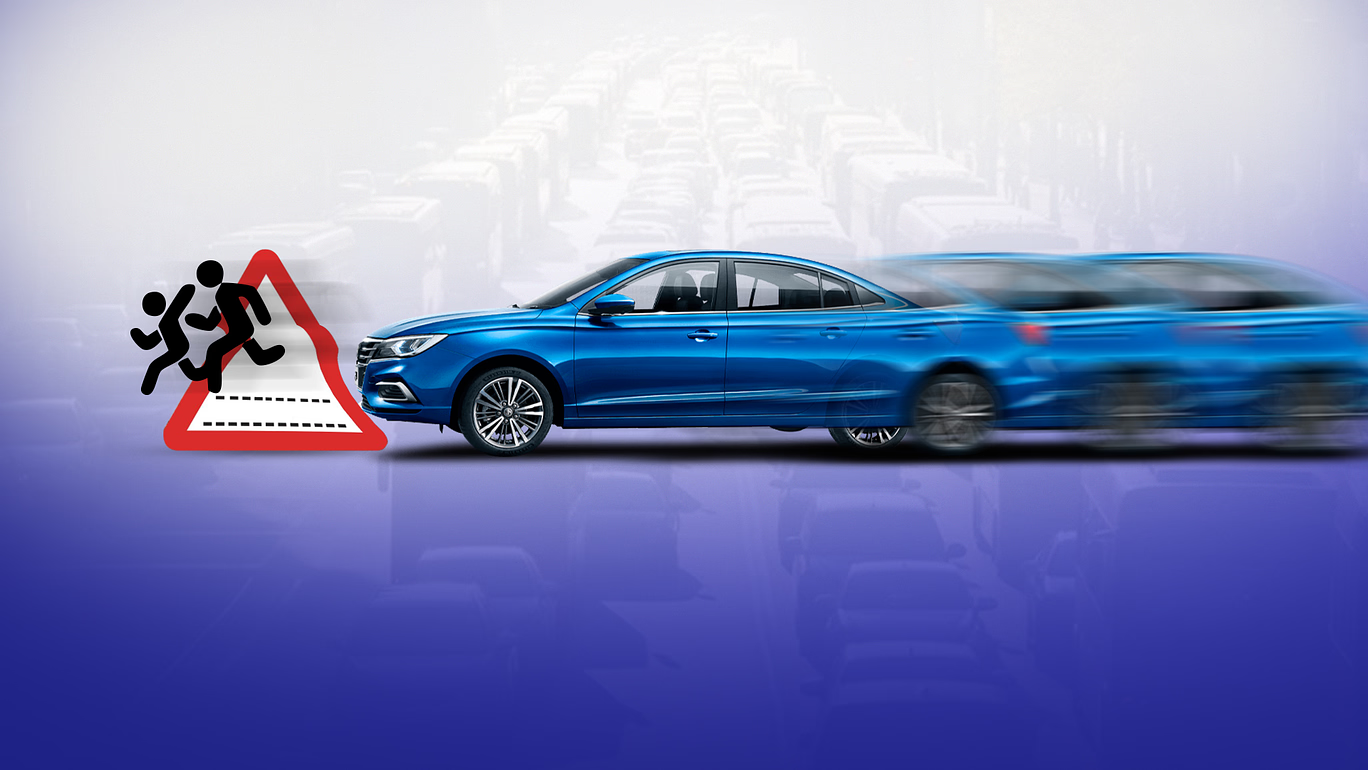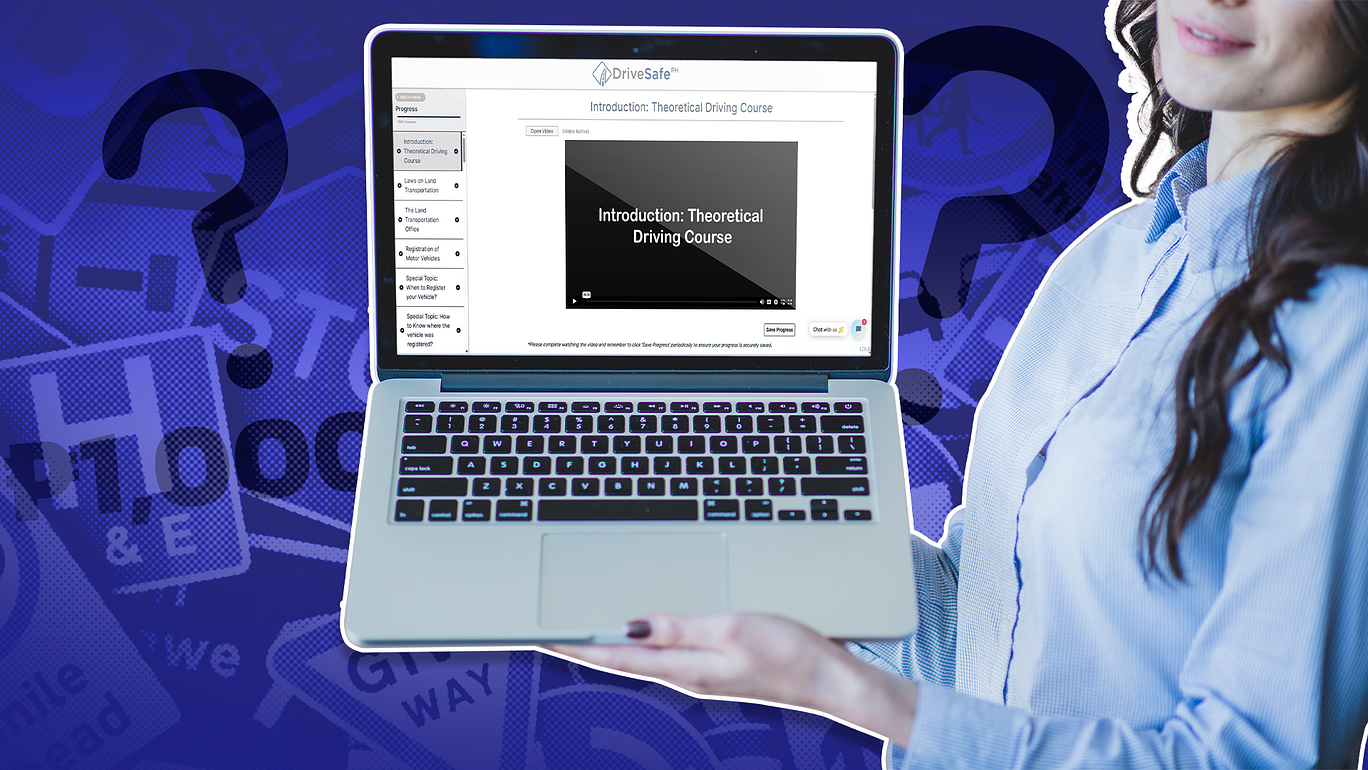Some people would opt to drive themselves to work due to many reasons; it may be because of the unreliability of public transportation, to not miss an important appointment, or to avoid the hustle and bustle of a commute.
How convenient would it be if your destination had a car park space waiting for you, but it’s just not the case for most of us. Paid parking spaces, despite the increased rates per hour, are often full. Lack of parking facilities forces car owners to settle on secondary or sometimes main roads to go about their business.
Illegal parking has then become prevalent in the Philippines, creating more problems with traffic congestion as illegally parked cars tend to eat up streetside spaces and sidewalks.
The government has imposed a rule on Illegal parking in order to encourage passengers to park properly, but requirements differ from city to city. It is best to be always on the lookout for parking spaces signs and to understand the parking policy of the Philippines.
What you need to know regarding the Parking Policy in the Philippines
- Where not to park
- Where can you park
- Fines and Penalty
- Types of illegal parking
- Consequences for Illegal Parking
- License points
- Wheel clamping
- Towing and Impounding
Where NOT to park
Parking policy, in general, allows you to park in most places as long as you would not cause traffic congestion and will not obstruct the way of passers-by. Basically, it won’t allow you to park in these areas:
- On the side of the road with a NO PARKING signage on it
Photo credits: autonewseye.com
- On a driveway, even if it is your own
Because you might not be obstructing your way but may cause an obstruction to others
- On a sidewalk
This is tolerated in areas where there are relatively fewer cars as long as the size of the sidewalk is wide enough to accommodate. Do not park on major thoroughfares, and if the sidewalk is narrow, causing your car to stick out.
- On curbs and junctions
Staying in a blind spot for incoming drivers spells trouble.
Where you CAN park
- In designated parking areas
- In sidewalks WITHOUT No Parking signs as long as:
- It is not a private road with its own car park rules.
- Adhere to the following exceptions:
- At or inside an intersection
- Never Block a Driveway
- Double Parking or stopping on the driver’s side section of a stopped or parked vehicle
- Within a crosswalk
- within the vicinity of footbridges
- All major national roads.
- Stay away at least 4 meters from a fire hydrant..
- Stay away at least 6 meters from the intersection of curb lines
- Stay away at least 4 meters from the entrance to and fire station.
Fines and Penalty
Fines
There are three types of illegal parking violations that can get you fined, according to MMDA.
- Attended Illegal Parking.
This is when a driver parks a vehicle while the driver is still inside.
2. Unattended Illegal Parking
This is when a driver parks a vehicle and has no intention of waiting inside the car.
3. Obstruction
Illegal parking on the side of a road or a sidewalk.
Consequences of Illegal Parking
The consequences that you will face if caught parking illegally vary depending on the time, place, and duration of the violation.
License points
Drivers try to avoid incurring license points because a single violation is already a reason for ineligibility for a 10-year license, and can deter a driver from getting their license renewed.
Wheel clamping
Wheel clamps are used to deter violators from leaving the premises and missing their tickets. This usually comes with a notice that includes a phone number that the driver has to call to be able to settle the violation.
If the violation is unsettled and the car stayed for an even longer period of time, the car can get towed away.
Towing and impounding
This is the last and the most extreme measure done to eliminate illegally parked cars on the road. The towing company will sound their truck’s siren for 5 rounds to warn the owner, then another 5 rounds after. If no owner will come, the car will then be towed.
A standard towing fee shall be collected depending on the weight of the vehicle and the distance from the place of towing to the impounding area.
Light vehicles are vehicles that weigh less than 4,500 kgs, Medium vehicles weigh between 4501 kg and 7500 kg, and Heavy vehicles weigh 7501 kg and above.
Parking spaces are necessary, especially now when the number of cars on busy streets is continuously increasing in number. In instances where there is none in the immediate vicinity, watch out for parking signs or safe areas to park to avoid unlawful parking and facing various fines and consequences.
Drivesafe PH provides a theoretical driving course that helps you understand the basics of driving in comprehensive detail and educates you on what and what not to do on the road. Drivesafe PH is the 1st LTO Accredited Online Theoretical Driving Course Provider, a social learning platform that provides accessibility to Defensive Driving Education to future Filipino drivers who would like to take the first step in Road Safety.


